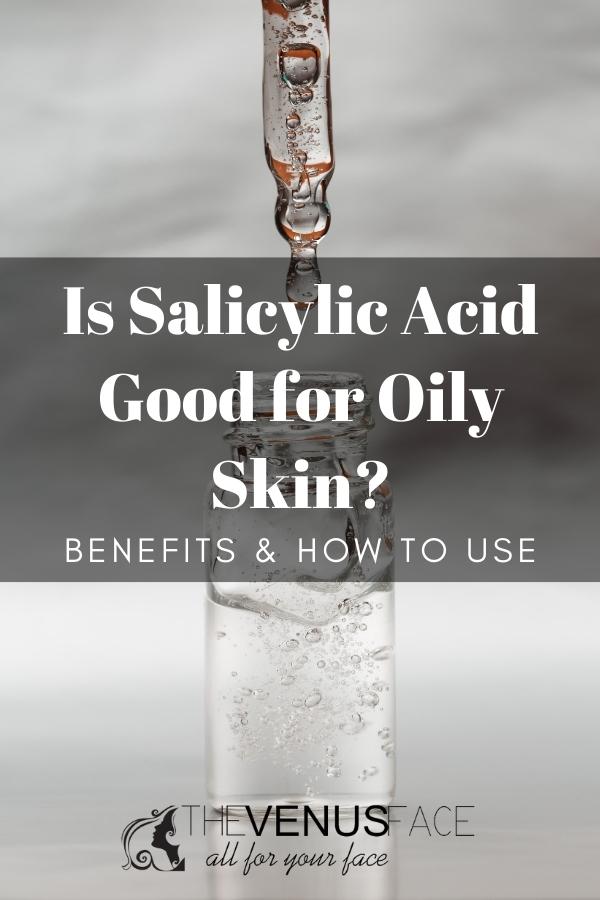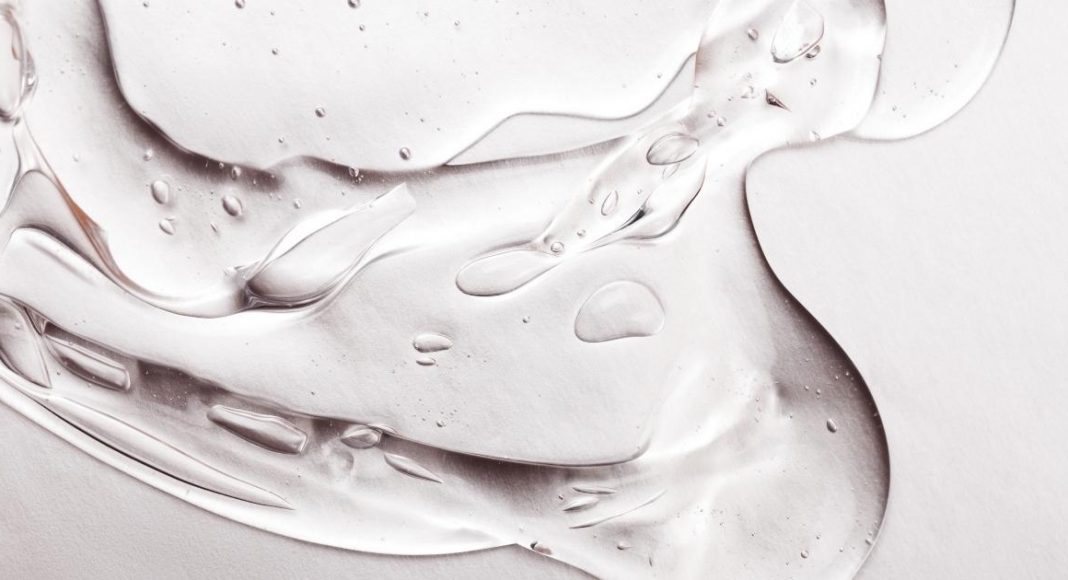Is salicylic acid good for oily skin? Read to learn more!
Having oily skin can be a real pain. Your makeup slides off your face, you get breakouts, and you always look shiny. But believe it or not, having oily skin isn’t all bad. In fact, there are some advantages to having a slightly oilier complexion. For one thing, oily skin tends to age more slowly than dry skin. The oil helps to keep your skin hydrated and plump, which means that fine lines and wrinkles don’t show up as quickly.
However, because of the uncomfortable symptoms that come along with it, most people with oily skin are always on the lookout for ways to reduce the oiliness. One popular method is to use products containing salicylic acid. But is salicylic acid really good for oily skin?

Does salicylic acid help oily skin?
Yes, it does. In fact, this acid is perfect for people with oily acne-prone skin. If you notice, many skincare products that are designed for oily skin contain this ingredient for precisely this reason.
Why is salicylic acid good for oily skin?
Salicylic acid helps to reduce sebum production, which can further help to reduce the appearance of oily skin. In general, salicylic acid is considered to be a safe and effective treatment for oily skin. However, it is important to use it as directed, as too much salicylic acid can dry out the skin and cause irritation.
Salicylic acid benefits for the skin
This acid is a beta-hydroxy acid that is often used as a treatment for oily skin. It has many benefits, including the following:
Reduce sebum production
Experiments showed that this acid can help to reduce sebum production. In one study, people with oily skin who used a 2% salicylic acid solution for two weeks had a significant decrease in sebum production. In another study, people who used a 0.5% salicylic acid solution for four weeks also had a great decrease in sebum production.
Clean out pores
This acid can also help to clean out the pores and prevent them from getting clogged. It simply dissolves the “glue” that holds together dead skin cells, sebum, and other debris that can clog the pores. This may help to reduce the occurrence of blackheads and whiteheads.
Exfoliate skin
In addition to deep-cleaning the pores, this acid also acts as an exfoliant. It helps to slough off dead skin cells, making way for new, healthy ones. This can improve the overall appearance of the skin and even help to reduce the size of pores.
More:
- List of Best Face Scrubs for Greasy Faces to Exfoliate Your Skin
- How Often Should You Exfoliate Oily Skin?
Reduce inflammation
This acid also has anti-inflammatory properties, which can help to reduce redness and swelling.
Treat acne
Because of its ability to reduce sebum production, clean out pores, and reduce inflammation, salicylic acid is often used as a treatment for acne. It can help to reduce the number of breakouts and improve the overall appearance of the skin.
How to use salicylic acid for the skin
There are 2 recommended ways to use this acid for the skin
Pure form
There are products that contain mainly this ingredient. These can be found in most drugstores and are relatively inexpensive. Using its pure form is not as simple as you think. You need to follow certain instructions or consult a dermatologist first since it sometimes can irritate the skin if used improperly. As a rule of thumb, a patch test is recommended before using it.
In products
This ingredient is commonly found in many beauty products. You can find it in cleansers, toners, moisturizers, spot treatments… It is often combined with other ingredients to create a more powerful formula.
This is the recommended way to use salicylic acid since it is already in a product that is specifically designed for the face. You don’t have to consult a dermatologist. Those skin care products are tested and proven to be safe and effective. Moreover, you have more benefits than using the pure form since it is often combined with other ingredients. So, if you are new to this ingredient, it is better to start with products that contain it.
Final thought
Overall, salicylic acid is a great ingredient for people with oily acne-prone skin. It has many benefits, including reducing sebum production, cleaning out pores, exfoliating the skin, and reducing inflammation. There are two recommended ways to use it: pure form or use as an ingredient in store-bought products. If you’re new to this acid, it’s better to start with the latter. Consult a dermatologist if you want to use it in its pure form.
More:
- Use Hyaluronic Acid for Greasy Skin
- Use Lactic Acid for Greasy Skin
- Use Glycolic Acid for Greasy Skin
- Use Niacinamide for Greasy Skin
F.A.Q
Can salicylic acid cause oily skin?
At this moment there is no evidence or research that this acid can cause oily skin. On the contrary, it is often used to treat oily skin since it can help to reduce sebum production.
Does salicylic acid make oily skin worse?
No, it doesn’t. If used properly, this acid can actually help to improve the overall appearance of oily skin.
Can I use salicylic acid every day?
To know how frequently you should use this acid in pure form, it is best to consult a dermatologist or check the product label. If you are going to use products containing this acid, then just read the direction. Generally speaking, you can use a face wash containing this acid daily.
References: https://www.fda.gov/cosmetics/cosmetic-ingredients/beta-hydroxy-acids


